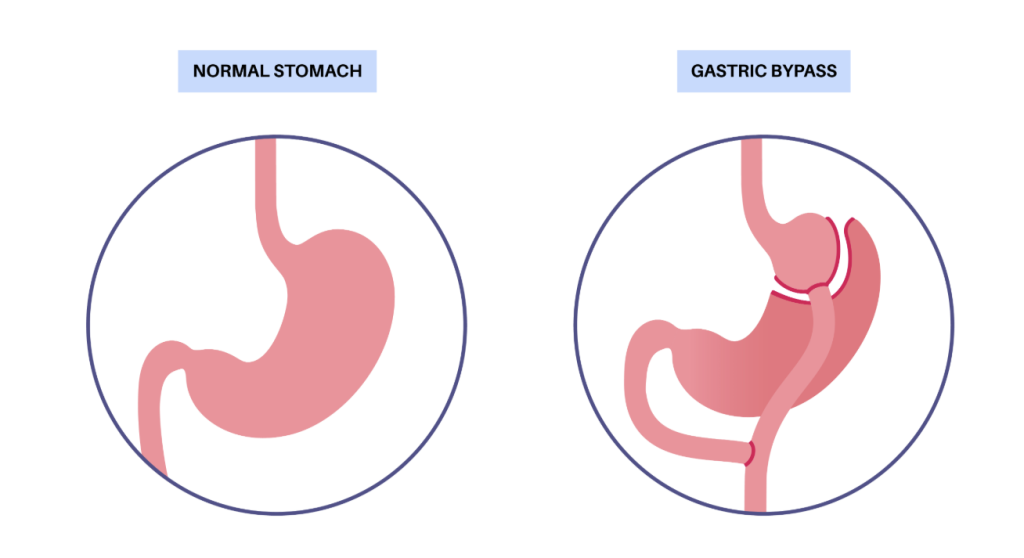Lap band surgery was once a popular method for managing obesity. The procedure places a silicone band around the top part of the stomach to reduce food intake. While it has helped many people lose weight, others face complications or find that the results don’t last.
For those patients, lap band removal in Sydney or other locations can be a safe way to relieve discomfort and begin a new approach to health. This article explains when removal is needed, what to expect during surgery, and the options available for long-term weight management.
Why Lap Band Removal May Be Needed
Over time, some patients experience medical or functional problems that make removal necessary.
Common Complications and Side Effects
The lap band can create physical issues that affect digestion and daily comfort. These may include:
- Band slippage or erosion
- Infection near the access port or tubing
- Persistent nausea or vomiting
- Pain or difficulty swallowing
If these problems continue, removal is often recommended to prevent further irritation and protect the stomach. In some cases, patients who have had complications or poor results with their original procedure may benefit from exploring weight loss surgery revisions, which can address issues from previous surgeries and support safer, more effective outcomes.
When the Lap Band Loses Effectiveness
For others, the lap band simply stops delivering results. The stomach can adapt to the band’s restriction, reducing its impact on appetite and portion control. Some patients regain weight despite following a healthy lifestyle.
When the procedure no longer supports weight loss or overall wellness, removal allows patients to explore more effective options that better suit their needs.
The Lap Band Removal Procedure
Removal is generally a straightforward operation performed by an experienced bariatric surgeon. The goal is to safely remove the band while preserving healthy stomach tissue.
What Happens During the Surgery
Most removals are done using keyhole (laparoscopic) surgery. The surgeon makes small incisions in the abdomen and uses specialized tools to detach and extract the silicone band, tubing, and access port.
The procedure usually lasts one to two hours. Patients often stay in the hospital overnight for monitoring before going home.
Recovery and Aftercare
Recovery is typically quick. Mild pain or swelling may occur in the first few days. Patients are given clear instructions for wound care, medication use, and gradual return to normal activities.
A soft diet follows surgery, progressing from liquids to solid foods over several weeks. Regular checkups with the bariatric surgeon ensure proper healing and help plan the next steps for long-term weight control.
Weight Loss Options After Lap Band Removal
Removing the lap band doesn’t end the weight loss journey. It can instead open the door to safer and more effective solutions.
Converting to Another Bariatric Surgery
Many patients choose another bariatric surgery after removal to maintain progress. The most common options are:
- Gastric sleeve (sleeve gastrectomy): It removes part of the stomach to limit intake and reduce hunger.
- Gastric bypass: It creates a smaller stomach pouch and reroutes part of the intestine, promoting stronger weight loss and improving health conditions like diabetes.
A bariatric surgeon in Sydney or any other location can recommend the most suitable procedure based on body mass index (BMI), medical history, and lifestyle factors.
Non-Surgical Weight Management Paths
Some people prefer to avoid another operation and instead follow a structured weight management program. These plans combine nutrition counseling, exercise routines, and ongoing medical support.
Although progress is often slower, consistent effort and professional guidance can help patients maintain healthy habits and achieve lasting results.
Choosing the Right Bariatric Surgeon
Selecting the right surgeon in Sydney or your location is key to a safe and successful outcome. Patients should research specialists who focus on obesity surgery and have experience handling revision or conversion procedures.
What to Look For
When choosing a surgeon, consider the following:
- Extensive experience in bariatric surgery
- Accredited hospital or surgical facility
- Personalized care before and after the operation
The surgeon should take time to review your medical history, explain the procedure, and outline recovery expectations.
Questions to Ask Before Surgery
Before proceeding, patients can ask:
- What are the benefits and risks of lap band removal?
- Can removal be combined with a sleeve or bypass?
- How long is the recovery period?
- What are the costs and financing options?
Clear communication builds trust and ensures patients feel confident about their care plan.
Life After Lap Band Removal
Most people notice improvement soon after surgery. Eating becomes more comfortable, and digestion feels more natural.
Recovery also involves building long-term habits for better health. Balanced nutrition, regular exercise, and follow-up appointments help maintain results. Emotional support, such as counseling or group programs, can also make it easier to stay motivated and focused.
With consistent care, patients often experience better energy, improved mood, and renewed confidence in their bodies.
Conclusion
Lap band removal gives patients in Sydney and other cities or locations the opportunity to restore comfort and pursue lasting results. It can resolve complications, improve quality of life, and make way for safer and more effective weight loss surgery options such as the gastric sleeve or gastric bypass.
With guidance from a skilled bariatric surgeon, this procedure marks not an end, but a new beginning toward sustainable health and well-being.
Published by HOLR Magazine.



